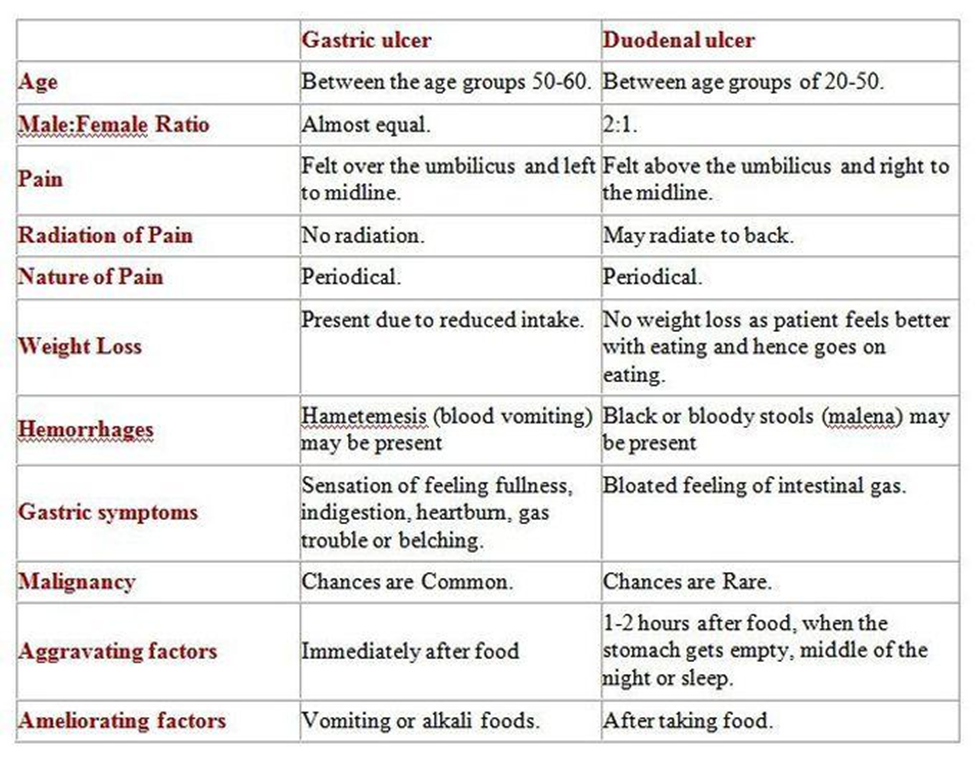When administering norepinephrine (Levophed), the nurse monitors the patient for:
Hypotension.
Liver failure
Bradycardia.
Hypertension
The Correct Answer is D
A. Hypotension: Norepinephrine is administered to treat hypotension, so monitoring for hypotension is not typically a concern while the patient is receiving this medication. In fact, hypotension is often the reason for administering norepinephrine in the first place.
B. Liver failure: Monitoring for signs of liver failure may be important in patients receiving certain medications, but it is not a specific consideration when administering norepinephrine. Norepinephrine primarily affects blood pressure regulation and does not typically have direct effects on liver function.
C. Bradycardia: While norepinephrine can increase blood pressure by constricting blood vessels, it may also cause reflex bradycardia (a decrease in heart rate) as a compensatory response. However, the primary concern with norepinephrine administration is hypertension, not bradycardia.
D. Hypertension
Norepinephrine (Levophed) is a vasopressor medication commonly used to treat hypotension and shock. It works by constricting blood vessels, which increases blood pressure. Therefore, when administering norepinephrine, the nurse should monitor the patient for hypertension, as the medication's intended effect is to raise blood pressure.
Nursing Test Bank
Naxlex Comprehensive Predictor Exams
Related Questions
Correct Answer is C
Explanation
A) Nighttime pain:
Nighttime pain, also known as nocturnal pain, is a symptom associated with both duodenal and gastric ulcers. It occurs when the stomach or duodenal lining is empty and no food is present to buffer the effect of gastric acid. While nighttime pain can occur in both types of ulcers, it is not more specific to duodenal ulcers compared to gastric ulcers.
B) Anorexia:
Anorexia, or loss of appetite, can occur in both duodenal and gastric ulcers due to factors such as pain, discomfort, and inflammation. It is not a symptom that is more commonly associated with one type of ulcer over the other.
C) Postprandial pain (occurring after a meal).
Postprandial pain, which occurs after a meal, is more commonly associated with duodenal ulcers than gastric ulcers. This pain typically occurs 2 to 3 hours after eating, as it is often triggered by the release of gastric acid and duodenal contractions stimulated by food intake. Duodenal ulcers tend to cause this type of pain because they are located in the duodenum, the first part of the small intestine, which is exposed to gastric acid and bile after a meal.
D) Nausea and vomiting:
Nausea and vomiting can occur in both duodenal and gastric ulcers, particularly if the ulcer is accompanied by complications such as obstruction or perforation. These symptoms are not more specific to duodenal ulcers compared to gastric ulcers.

Correct Answer is D
Explanation
A) Sedation:
Sedation is not an adverse effect commonly associated with oxymetazoline nasal spray. Oxymetazoline works by constricting blood vessels in the nasal passages to relieve congestion and does not typically cause sedation.
B) Constipation:
Constipation is not an adverse effect associated with oxymetazoline nasal spray. Constipation is more commonly associated with medications that affect the gastrointestinal system, such as opioid analgesics or certain anticholinergic medications.
C) Productive cough:
Productive cough is not an adverse effect commonly associated with oxymetazoline nasal spray. Productive cough refers to a cough that produces mucus or phlegm and is more often associated with respiratory infections or chronic respiratory conditions.
D) Nasal congestion.
Oxymetazoline (Afrin) is a nasal decongestant spray commonly used for the temporary relief of nasal congestion associated with allergic rhinitis or the common cold. However, if oxymetazoline nasal spray is used for more than 3 to 5 consecutive days, it can lead to rebound congestion, also known as rhinitis medicamentosa. Rebound congestion occurs when the nasal mucosa becomes dependent on the medication for vasoconstriction, and upon discontinuation, nasal congestion worsens. Therefore, prolonged use of oxymetazoline nasal spray can result in a worsening of nasal congestion as an adverse effect.
Whether you are a student looking to ace your exams or a practicing nurse seeking to enhance your expertise , our nursing education contents will empower you with the confidence and competence to make a difference in the lives of patients and become a respected leader in the healthcare field.
Visit Naxlex, invest in your future and unlock endless possibilities with our unparalleled nursing education contents today
Report Wrong Answer on the Current Question
Do you disagree with the answer? If yes, what is your expected answer? Explain.
Kindly be descriptive with the issue you are facing.
